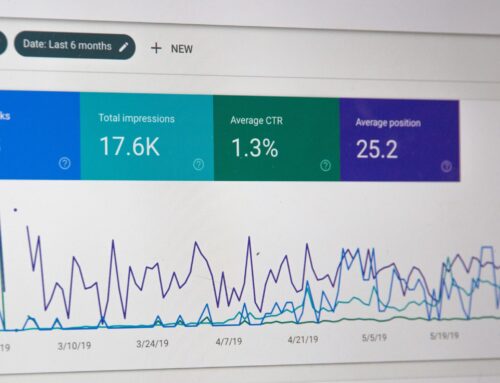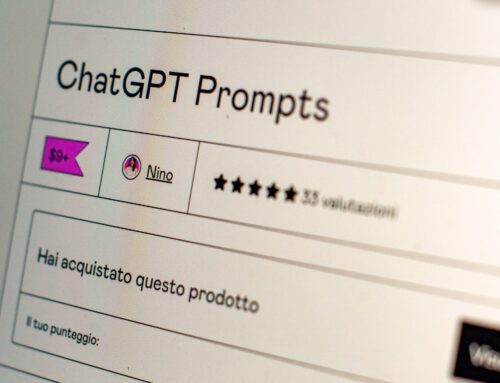According to Straits Research, the global eLearning market is expected to have a compound annual growth rate of 13% between 2022 and 2030. If you haven’t yet switched to eLearning, it’s possible to feel as if you’re being left behind. And while the switch can bring benefits, you won’t be doing yourself any favors by rushing into things. If you think eLearning might be right for your organization, that’s great. But where do you even start, and what mistakes should you be trying to avoid? Let’s look at three things that you need before creating an eLearning program.
eLearning Objectives and roles
 The first thing you should know is what problem you’re trying to solve with your eLearning. Are you trying to onboard new employees? Do you want to increase sales productivity? Or maybe there are cybersecurity practices that your employees need to know? If possible, try to identify precisely what learning gaps this training will close. By assessing these learning gaps before and after the training, you can measure how effective it is. Additionally, different audiences often require different modes of training. An internal course probably wouldn’t look the same as one you plan on selling to customers.
The first thing you should know is what problem you’re trying to solve with your eLearning. Are you trying to onboard new employees? Do you want to increase sales productivity? Or maybe there are cybersecurity practices that your employees need to know? If possible, try to identify precisely what learning gaps this training will close. By assessing these learning gaps before and after the training, you can measure how effective it is. Additionally, different audiences often require different modes of training. An internal course probably wouldn’t look the same as one you plan on selling to customers.
And no training curriculum can be created without a team. Do you know who will be responsible for each role in the project. Every good eLearning program needs subject matter experts (SMEs). These are people who ensure that the material being taught is correct. Make sure that a project manager is in place as well. Their job is to keep everything running smoothly and on schedule. Even when contracting an agency to build your eLearning course, an internal project manager still needs to co-ordinate between the teams.
Strong eLearning Content
 Once you have your objectives and the team in place, you should establish exactly what will be taught. Are you sourcing the information from somewhere, or are you building it from scratch? If you already have the material, it’s a good practice to create a repository on the network and identify what content is best for each lesson or topic. These resources should be pooled together and easy to find. And if you’re building content from scratch, then your SMEs and project managers may need to review the content to make sure it meets the objectives you established earlier. If you’re hiring an agency to help build the course, provide them access to these resources. Tip: if you will be sharing with an external team, make sure you have the agency sign a non-disclosure agreement to protect your content. Having easy access to a shared repository of approved content will go a long way in simplifying the project for all parties.
Once you have your objectives and the team in place, you should establish exactly what will be taught. Are you sourcing the information from somewhere, or are you building it from scratch? If you already have the material, it’s a good practice to create a repository on the network and identify what content is best for each lesson or topic. These resources should be pooled together and easy to find. And if you’re building content from scratch, then your SMEs and project managers may need to review the content to make sure it meets the objectives you established earlier. If you’re hiring an agency to help build the course, provide them access to these resources. Tip: if you will be sharing with an external team, make sure you have the agency sign a non-disclosure agreement to protect your content. Having easy access to a shared repository of approved content will go a long way in simplifying the project for all parties.
Limitations
Knowing your limitations is crucial to having a smooth project from start to finish. What’s your budget? You might have grand ideas for the training you want, but your budget may be limited. If so, that’s okay! There’s plenty you can still do without breaking the bank. It’s a good idea to document these limitations in a design document for the course, before you begin development, so expectations can be set. If possible, add some wiggle room into your budget. This can cover minor setbacks that you might not have expected.
 What are your timelines? Are you working on a tight deadline, or do you have a comfortable amount of time? The scale of your project will need to change if you only have one month to develop, compared to four months and a bigger budget. It’s a good idea for the project manager to create a schedule, using the deadline to create a “work back” plan with milestones along the way to make sure the team hits that deadline.
What are your timelines? Are you working on a tight deadline, or do you have a comfortable amount of time? The scale of your project will need to change if you only have one month to develop, compared to four months and a bigger budget. It’s a good idea for the project manager to create a schedule, using the deadline to create a “work back” plan with milestones along the way to make sure the team hits that deadline.
And lastly, do you know what learning management system (LMS) you plan on using? An LMS is the platform administrators use to create and assign training and track learner access and completions. LMSs provide a variety of features. If you want to gamify your course, the LMS should allow it. If you’re developing the course in a specific application, then your LMS should be compatible with those exported files. And if you don’t yet have an LMS, Digitec Interactive can help. Our award-winning LMS platform, Knowledge Direct, includes features designed to really engage your learners, such as gamification and interactive activities that can enhance your training. Contact us now for a demo or a free trial of the platform.
Takeaways
There’s so much you can gain through eLearning. However, you need to know what you’re doing before you dive right in. While you might have a finish line in sight, there should be some idea of how you might get there. Before creating an eLearning program, make sure you know your objectives and roles, the relevant content, and your limitations for the project.
If you’re looking for an experienced agency to help you build training that meets your needs, contact us! Our instructional design team can assist with the content and the technology!
For more industry-focused articles like this, subscribe to our free monthly newsletter, Smarter…Faster!




